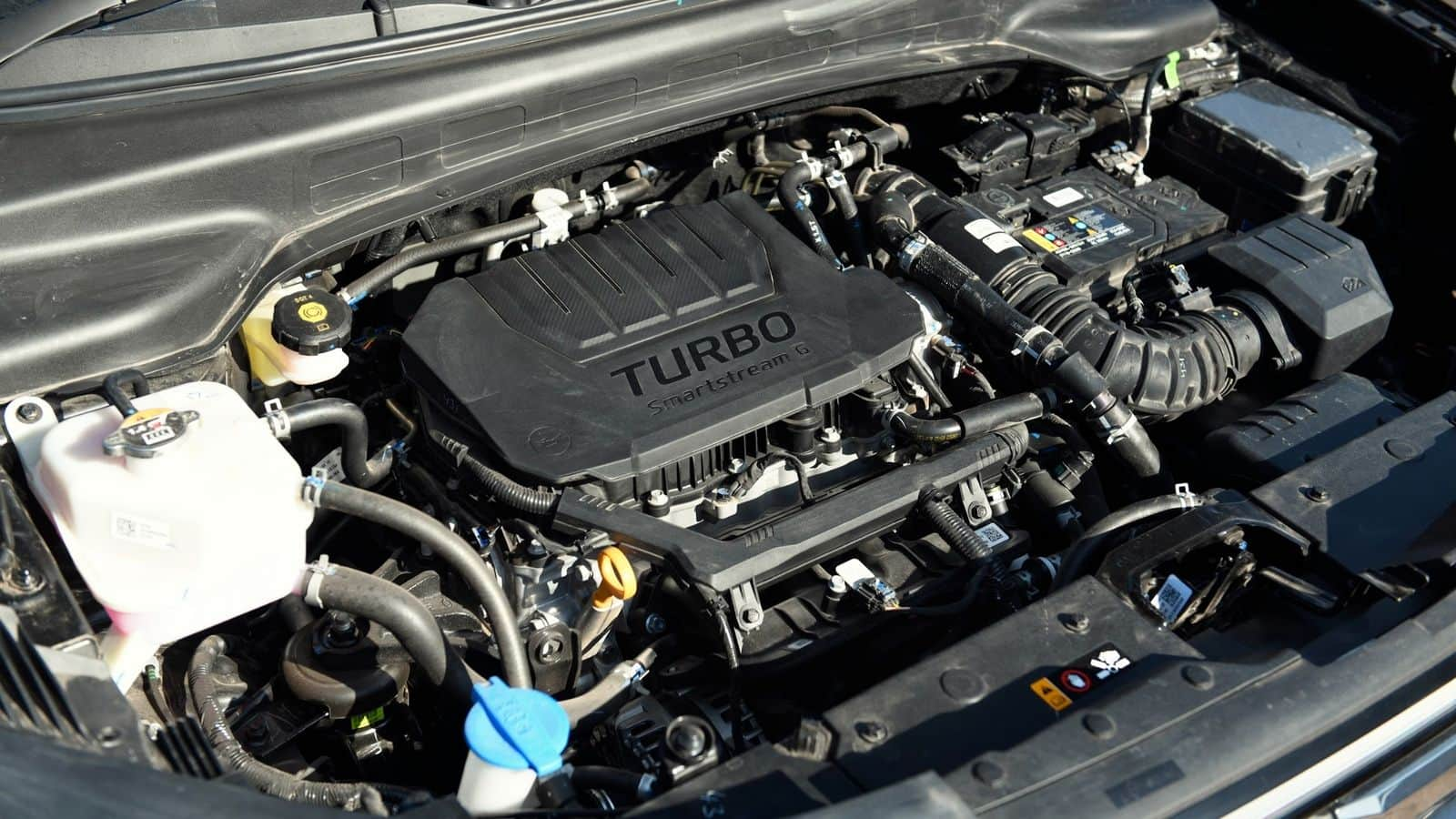
Why automotive industry is debating three vs four-cylinder engine usage
What's the story
The Indian automotive industry is currently embroiled in a discussion over the merits of three-cylinder engines versus four-cylinder mills.
This debate has been triggered by recent changes in emission regulations, leading automakers to downsize their engines.
A notable example of this trend is the new-generation Maruti Suzuki Swift, which replaced its four-cylinder 1.2-liter petrol motor with a Z Series 1.2-liter three-cylinder unit.
Engine efficiency
Three-cylinder engines: A shift toward efficiency
Three-cylinder engines are gaining traction due to their high fuel efficiency and performance, despite traditionally being less favored than four-cylinder engines.
The key differences between these two types of engines lie in their power, weight, and fuel efficiency.
A three-cylinder mill is smaller, lighter, and packs fewer moving parts than a four-cylinder unit, potentially resulting in better fuel efficiency and fewer pollutant emissions.
Power trade-off
The trade-off: Power and performance
The three-cylinder engine produces less power and torque than a four-cylinder unit, which may cause it to feel underpowered in bigger vehicles or when driving on steep inclines.
Meanwhile, a four-cylinder engine offers more power as well as smoother operation due to its balanced firing order.
This makes it a better choice for bigger four-wheelers that require more performance, despite being heavier and having more moving parts.